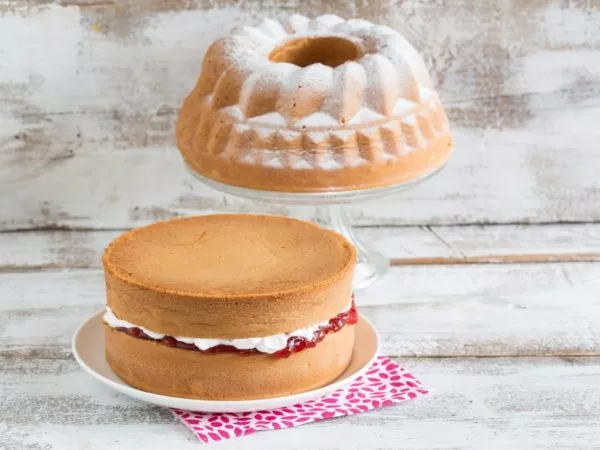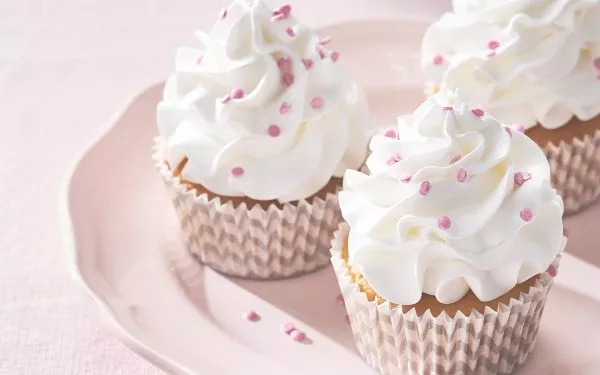Look-a-like ingredients when baking from scratch
Some swear by it, others like to take it easier: baking from scratch. It’s no secret that we from FunCakes like to bring some ease and comfort into our everyday life. We love our baking mixes to which you only add butter, eggs or water.
But we do also understand the other team: baking from scratch has something magical almost. Building up your cupcakes, sponge cake, cookies or other pastries from the first gram of flour to the last sugar crystal. Experimenting a bit, working very precisely. Knowing that a little bit more of one ingredient and a little bit less of the other can quickly lead to a mess. It keeps it exciting and if it does all work out fine, it tastes all the better.
Will the packages of prepared mixes not enter your house under any circumstance? Or do you now have the time to try baking from scratch for a change? When looking into all those baking recipes you will come to find many ingredients that seemingly look quite similar and replaceable by one another. To save you from failed cakes, but also from bulging kitchen cabinets, we have listed these look-a-likes below.
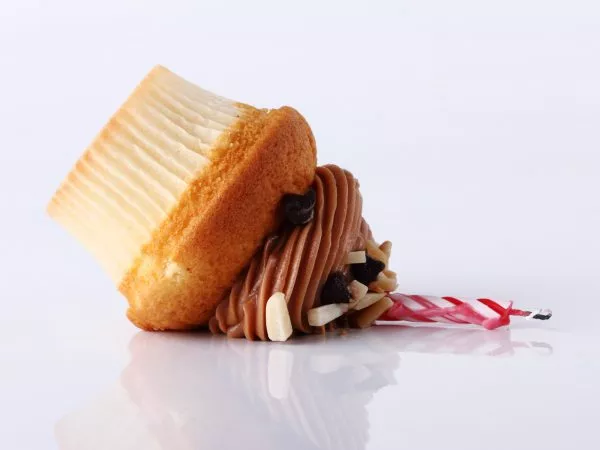
In our blog about baking bread, we already explained the difference between flours. Cause with all those different types of flour in the market, it can surely be challenging to choose the right one. In this blog we focus on baking pastries and sweet treats from scratch, such as cupcakes, sponge cake and cookies. And then it’s important to add another kind of flour: Pastry Flour. The difference with this kind of flour is that it contains less gluten than wheat flour for bread. Gluten enable the dough to rise and make it nicely firm. That’s why for bread you will need a flour that contains lots of gluten. For sweet treats such as cupcakes, sponge cake or cookies on the other hand, you’re looking for a finer structure. That’s why you’ll need a flour that contains less gluten. The FunCakes Pastry Flour is such a flour. Please find here the characteristics for our pastry flour:
Netherlands | Germany | France | Italy | Spain | Protein | |
| FunCakes Pastry Flour | 275 | Type 550 | Type 55 | Tipo 0 | Type 55 | 13,6% |
When looking into recipes for sweet treats you will probably also often find self-rising flour in between the ingredients. Self-rising flour is nothing more or less than a pastry flour mixed with baking powder. You can therefore quite easily create this yourself by adding 2 tea spoons (8 g) of baking powder to 250 g of pastry flour. By mixing the two yourself, you can also adjust the quantities to your wishes. Would you like your sponge cake or cupcakes to rise a bit more, than just add some extra baking powder. This way you won’t be limited by the fixed proportions of the self-rising flour and you can experiment all you want until you’ve reached the perfect result!
Two more look-a-likes you will often find in baking recipes: baking soda and baking powder. Two products that will both make your treats rise. Shortly put: what yeast is for bread, is baking powder and baking soda for sweet pastries. But there is an important difference. Baking soda is a 100% sodium bicarbonate. When this comes into contact with an acid, such as lemon or vinegar, it will make your pastries rise. So baking soda is often used in recipes that already contact an acid, such as lemon cake. Baking powder on the other hand, already contains this acid. The FunCakes Baking powder for example contains sodium bicarbonate with tartaric acid. This will make pastries rise without another acid added to the batter or dough.
If you wish to replace baking soda or baking powder by on another, it’s important to keep this explanation in mind. Because baking soda is a 100% sodium bicarbonate, it has a much stronger effect than baking powder which is a combination with tartaric acid. But also: baking soda will need another acid. So in recipes in which contain baking powder your will most likely not find an acid, as this acid is already in the baking powder. When replacing baking powder by baking soda you should add this acid yourself, for example by adding vinegar or lemon, or tartaric or citric acid. If you don’t add this acid, your pastry won’t rise and the baking soda will even give a weird flavour to it. If you replace the baking soda by baking powder, then you should skip adding the acid that you are likely to find in the recipe.
Apart from adding or removing the acid, you should also think of the stronger effect of baking soda compared to baking powder. Always use less baking soda than you would use baking powder.
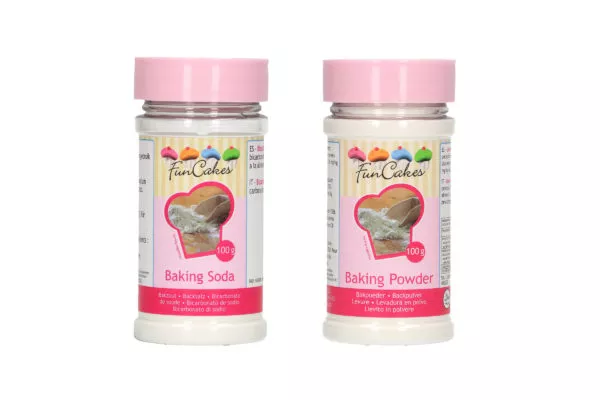
Keep in mind that when mixing baking soda with your other ingredients it will start working immediately, which means your batter should be placed in the oven right away. When using baking powder you’ve got a bit more time. So if your batter won’t be baked immediately after mixing the ingredients, the safest option is to go for baking powder instead of baking soda.
Tip! Baking soda can be used for tons of other options than baking. Google and find out!
If you are about to make filling, sauces, bavarois, jellies or desserts, chances are you will find different kinds of binders in the recipes. And although they all have the same purpose, they cannot be replaced by one another that easily. So make sure to choose the right binder for the right recipe.
We can distinguish binders based on temperature and ‘colour’. We’ve got cold and warm binders; cold binders make your product bind at a low temperature, warm binders need a high temperature to make something bind. And there are the clear and blind binders. By using clear binders, your product remains transparent, blind binders make your product opaque. Check in the overview below for all our binders whether they bind hot or cold and clear or blind.
| Cold | Warm | Clear | Blind | |
| Agar Agar | X | X | ||
| Arabic Gum | X | X | ||
| Corn starch* | X | X | ||
| Cold Juice Binder* | X | X | ||
| Flour | X | X | ||
| Gelatin Powder | X | X | ||
| Potato starch* | X | X | ||
| Xanthan Gum | X | X | ||
| Yellow Pectin* | X | X |
*These binders will soon be available in our assortment. Keep an eye on our social media channels to be the first to know when.
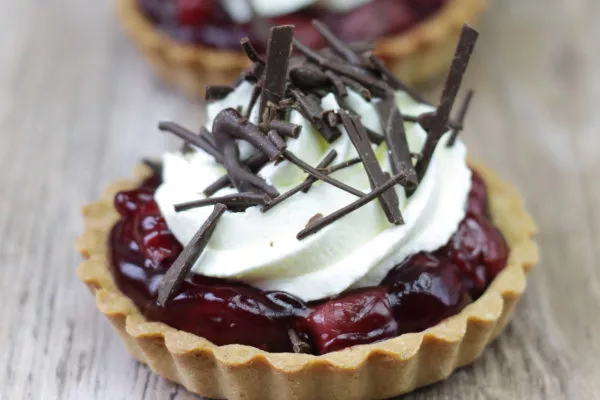
Should the binder bind at a low or a high temperature?
Is the product to which the binder is being added clear and should it stay that way, or isn’t this important?
Binding power & other characteristics
In the table above we see a few binders that have the same combination of the two. Does this mean you can replace them by another? Not necessarily. All binders have their own characteristics to keep in mind. First of all, the binding power can be quite different, which means you should use more or less of one binder than you would of the other. Take corn starch and flour. Both warm and blind binders and therefore great alternatives for each other, but do realize that the binding power of corn starch is much higher than of flour. To reach the same level of binding, you should therefore use more of flour than you would use corn starch. And while corn starch cannot handle cooking temperatures, isn’t that a problem of flour.
Another one. Often agar agar is recommended as a vegetable alternative for gelatin. Which is completely true, but the binding power of agar agar is 4-5 times higher than gelatin. So never replace your gelatin powder by the same amount of agar agar if you don’t want to ruin your recipe.
Besides binding power, there are other factors that determine if you can replace binders by one another. Some binders for example don’t work well with certain products. Gelatin doesn’t go well with pineapple, kiwi or papaya, while Agar Agar can’t handle a high acidity. And as we mentioned earlier in this blog, corn starch should never cook, while gelatin can’t be frozen. Finally, the desired structure of the product you’re binding can make one binder better suitable than the other, because some binders are softer and more refined. All of these factors are mentioned in the product information of the specific binders, together with some example of the type of recipes they are often used for. We advise you to check these when looking for the right binder, as this will certainly help a lot.
